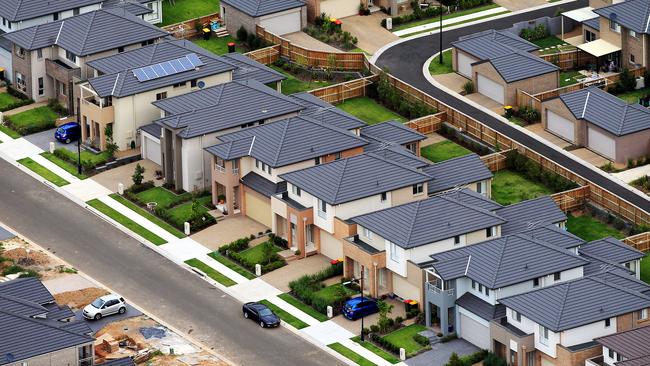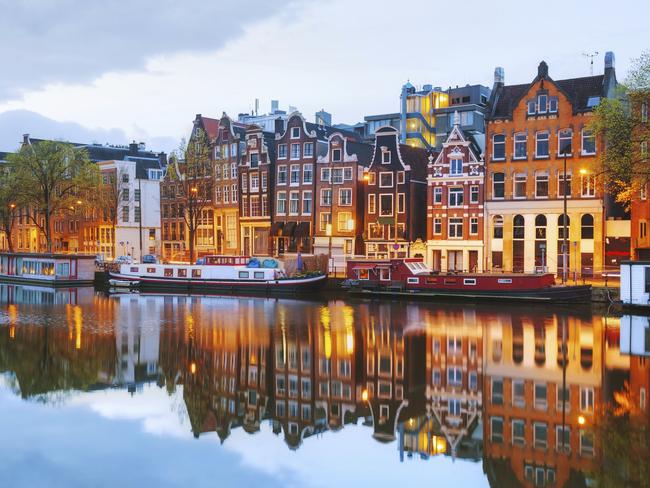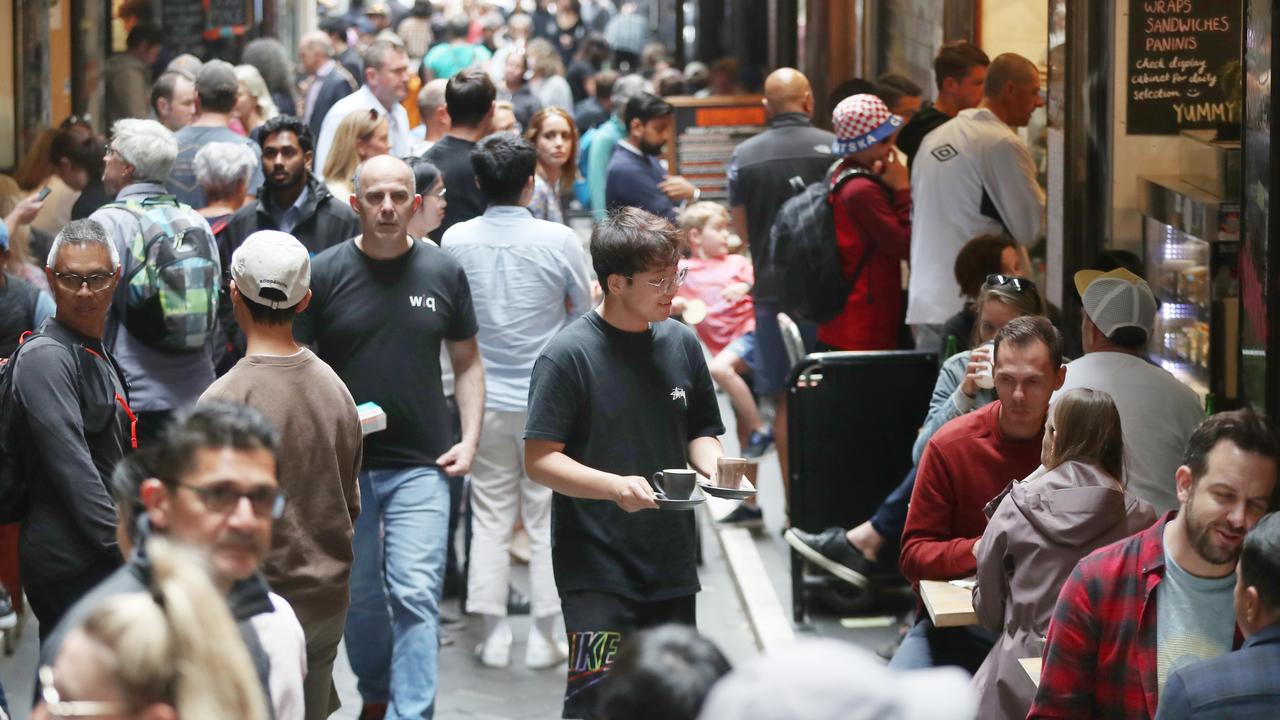Country towns will start to empty out with the rise of Australia’s super-cities
SYDNEY could stretch to the Central Coast, Melbourne could hit Geelong and Brisbane could merge with the Gold Coast.

SYDNEY could stretch to the Central Coast, Melbourne could hit Geelong and Brisbane could merge with the Gold Coast as super-cities start to take over Australia.
Country towns could be mostly emptied out and the Aussie outback left almost abandoned as most of the nation’s population will flock to Australia’s major capitals — Sydney, Perth, Brisbane and Melbourne.
According to The Australian, two in three people will live in our main cities in the future, as Australia’s population soars to almost 30 million.
If population growth keeps going as it is, the four main capital cities will grow more than two times faster than anywhere else in Australia.
For the four cities to house the population, more and more land will need to be unlocked to build more residential housing, meaning urban sprawl will become a massive problem.
It’s already starting to happen in Melbourne. On Wednesday, the Victorian Government announced it would unlock 17 new suburbs on the outer fringes of Melbourne, and build residential areas on the currently bare land. The government said it would help solve housing affordability problems but experts disagree.

REA Group chief economist Nerida Conisbee said Melbourne was most at risk of creeping further and further out and it could eventually extend as far as Seymour, which is about 100km north of Melbourne.
“Melbourne is well suited to urban sprawl,” Ms Conisbee wrote for University of Melbourne publication Pursuit.
“It’s flat, easy to build on and lacks geographic boundaries like waterways and cliffs that force other cities into higher densities. It’s possible to continue building low-density housing out as far as Geelong in the west, Seymour in the north and Warragul in the east.”
Urban sprawl happens because people want to live the Australian dream, in a house with a block of land all to itself.
“The most popular search criteria on realestate.com.au in 2016 was for a four-bedroom, two-bathroom, two-car garage house on a 708sqm block, all for the bargain price of $520,000,” Ms Conisbee wrote.
“But finding a house that fits this criteria in Melbourne is almost impossible in the inner and middle ring suburbs. And the preference for the Aussie house means neighbourhoods end up opposing council plans for higher density developments.
“The result is far greater house and land development on the outer fringes of the city.”

University of Melbourne urban planning expert, Associate Professor Alan March, said urban sprawl was a terrible problem costing communities.
He said low-density housing, when a house has a block to itself, was a good idea at times, but not at the rate it was happening in Melbourne. He believes the city needs to be built up, instead of out.
“Low-density housing can be OK sometimes but we are talking now about releasing land at densities that are unheard of. The government is making claims about efficiency and great social outcomes but this is not the way to do it,” he told news.com.au.
“The irony that I find incredible is that the benefits one might imagine from sprawl, lots of trees and places to go, things like parks — we actually get less and less of those imagined benefits.
“Houses are being built on the spare land and people are being sold houses with more than what people need in terms of the number of bedrooms and do you really need a games room?”
Professor March believes that building up rather than out would mean there’d be more space for parks, bike paths and gardens.
The proposal to unlock 17 new suburbs has been criticised because there is no infrastructure on the outer fringes.
There are no schools close by, cafe culture or shopping precincts. Professor March said if everybody had the option to live close to the city, with more high-density housing, more people would be close to what they need.
“We don’t have to build up very far. Don’t imagine tower blocks, just four or five stories,” he said.
“It’s acceptable to build 30 or 35 dwellings on a hectare of land and with that, suddenly the game is completely changed. You don’t have tower blocks and you have places for parks and community gardens.”

Professor March said there were some places overseas getting it right.
The Netherlands in particular is a country with high housing density, with residences about five or six stories high.
“It’s about people living more intelligently and designing places to allow people to do that. In the Netherlands they can walk and engage with the rest of the community and ride bicycles everywhere and so fourth,” Professor March said.
Ms Conisbee said there was a solution to providing housing that people wanted while keeping nature in our cities.
“That will mean developing regional cities where people can access houses without being isolated from the city centre, and encouraging a greater acceptance of apartment dwelling in Melbourne,” she wrote on Pursuit.
“Although large homes remain the preferred dwelling type on realestate.com.au, suburbs that provide good schools, public transport and retailing tend to see the highest engagement.
“These amenities are typically found in the inner and middle ring suburbs, which will require higher densities if more housing is to be provided.
“However, more and more, they can also be found in regional cities such as Geelong, Bendigo and Ballarat. Importantly, these cities also contain employment.
“For those wanting the remain close to central Melbourne, people need to get more comfortable with the idea of apartment living. Over the next five years, living in an inner Melbourne house will continue to become more expensive, but apartment living, influenced by massive development, is going to become more affordable.”
Ms Conisbee believes focusing on regional city development and encouraging higher densities in cities would help solve the problem of urban sprawl, and give people the type of housing they desire.
“This will give people choice and allow them to make trade-offs between living in a big city but small home, or in a smaller city with a big home,” she said.




